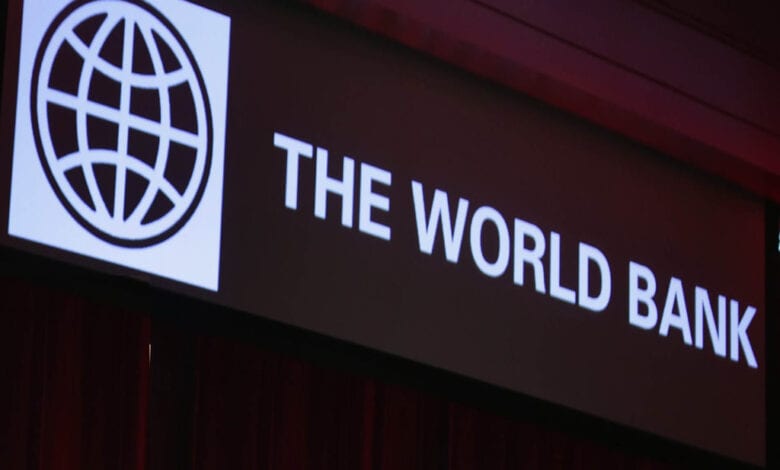By Ibidunni Banjoko
A recent report from the World Bank has signaled a significant shift in global commodity markets as the era of declining prices comes to a halt, presenting new obstacles for central banks striving to manage inflation and interest rates. The report highlights geopolitical tensions and increased demand for certain commodities as signaled key factors driving this change.
Over the past two years, global commodity prices experienced a notable decline, with a 40 percent drop observed by mid-2023. This trend played a crucial role in reducing global inflation by about 2 percentage points during the same period. However, according to the World Bank’s latest findings, this deflationary pressure has now reached a standstill, with commodity prices stabilizing over the past year.
Indermit Gill, Chief Economist and Senior Vice-President of the World Bank Group, emphasized the implications of this development, stating, “Global inflation remains undefeated. A key force for disinflation — falling commodity prices — has essentially hit a wall. That means interest rates could remain higher than currently expected this year and next.”
The report forecasts a marginal decrease in commodity prices, with a projected 3 percent fall in 2024 and 4 percent in 2025. However, this modest decline is unlikely to alleviate above-target inflation, posing a challenge for central banks seeking to implement monetary policies conducive to economic stability.
Ayhan Kose, Deputy Chief Economist of the World Bank Group, described this shift as “a new era” marked by the divergence between high commodity prices and slowing global growth. He noted that such a scenario had not been witnessed since the aftermath of the 2008 global financial crisis.
While most commodities are expected to decrease in price, copper stands out as an exception due to increased demand driven by the energy transition, particularly in the manufacturing of electric vehicles and upgrading of the electricity grid. Additionally, tensions in the Middle East are anticipated to drive up the cost of gold and oil, with Brent crude oil projected to average $84 a barrel in 2024.
The report cautions that escalating conflict in the Middle East could lead to even higher commodity prices, potentially pushing oil prices above $100 per barrel and impacting overall global inflation by nearly 1 percentage point.
As central banks grapple with the challenges posed by stagnant commodity prices and geopolitical tensions, the World Bank’s report underscores the complexities of navigating monetary policy in an evolving economic landscape.
The findings of the World Bank report shed light on the shifting dynamics of global commodity markets and the implications for monetary policy worldwide. With commodity prices showing signs of stabilization rather than continued decline, central banks face heightened challenges in maintaining economic stability and managing inflation rates.







Comment
No comments found.